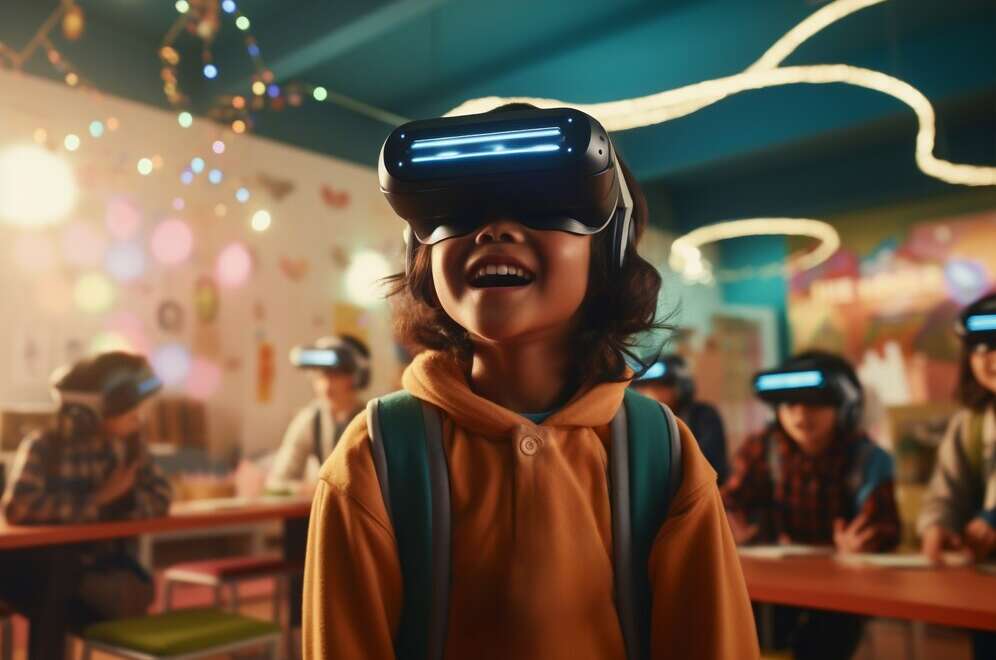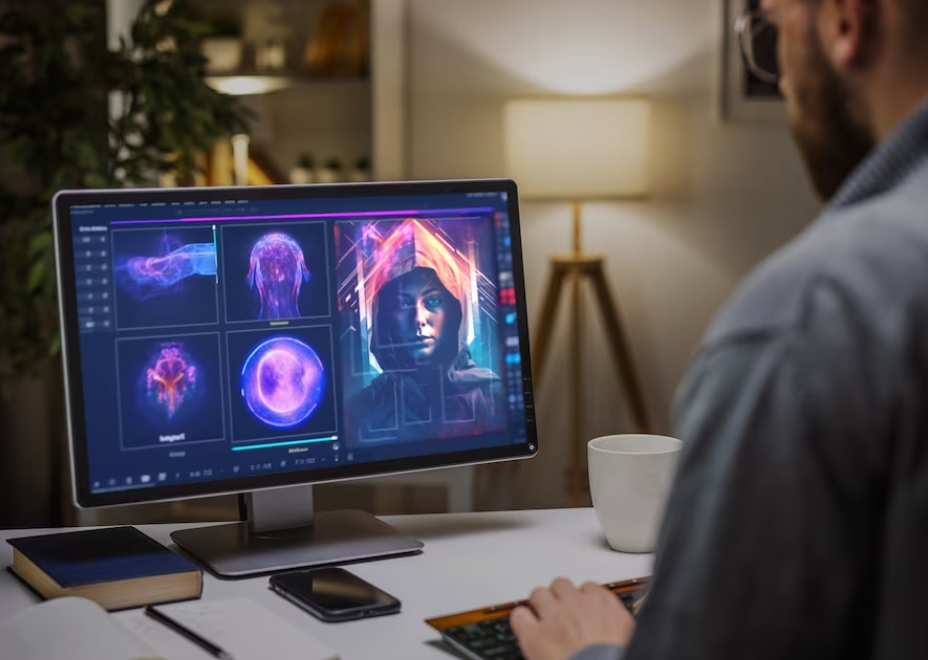
Virtual Reality (VR) technology has made significant strides in recent years, revolutionizing various industries, including gaming, healthcare, and education. One area where VR is poised to make a profound impact is in filmmaking.
Immersive filmmaking, also known as virtual reality cinema, offers audiences a completely new way to experience storytelling, blurring the lines between reality and fiction. In this blog post, we’ll delve into the exciting world of immersive filmmaking, exploring its potential, challenges, and future prospects.
The Concept of Immersive Filmmaking:
Immersive filmmaking takes traditional storytelling to a whole new level by placing viewers directly within the narrative. Unlike conventional cinema where audiences passively observe the action unfold on a screen, VR cinema invites viewers to step inside the story, experiencing it from multiple perspectives. This interactive and immersive experience is made possible through VR headsets, which transport users to virtual worlds where they can look around, explore, and interact with the environment.
Advantages of Virtual Reality Cinema:
Unparalleled Immersion: VR cinema offers an unparalleled level of immersion, allowing viewers to feel like active participants in the story rather than mere spectators.
Enhanced Engagement: By engaging multiple senses simultaneously, including sight and sound, VR cinema captivates audiences in ways that traditional media cannot.
Freedom of Exploration: Viewers have the freedom to explore the virtual environment at their own pace, providing a sense of agency and control over the narrative.
Innovative Storytelling Techniques: Immersive filmmakers can experiment with innovative storytelling techniques, such as branching narratives and interactive elements, to create personalized experiences for each viewer.
Challenges and Limitations:
While immersive filmmaking holds immense promise, it also presents several challenges and limitations that filmmakers must address:
Technical Complexity: Creating high-quality VR content requires specialized equipment and technical expertise, making it more resource-intensive than traditional filmmaking.
Motion Sickness: Some users may experience motion sickness or discomfort when navigating virtual environments, necessitating careful design considerations to mitigate these effects.
Storytelling Constraints: Crafting compelling narratives for VR cinema requires a different approach than traditional storytelling, as filmmakers must account for the viewer’s agency and presence within the virtual world.
Audience Adoption: Despite advancements in VR technology, widespread adoption of VR headsets remains a barrier, limiting the potential audience for immersive films.
The Future of Virtual Reality Cinema:
Despite these challenges, the future of virtual reality cinema looks promising, with ongoing advancements in technology and storytelling techniques. As VR hardware becomes more affordable and accessible, we can expect to see a proliferation of immersive content across various genres, from narrative-driven experiences to documentary films and beyond. Additionally, emerging technologies such as haptic feedback and volumetric capture hold the promise of further enhancing the immersive capabilities of VR cinema.
Immersive filmmaking represents a paradigm shift in the way we experience and engage with storytelling. By leveraging the immersive capabilities of virtual reality technology, filmmakers have the opportunity to create truly transformative experiences that captivate and inspire audiences. While challenges remain, the potential for innovation and creativity in the realm of virtual reality cinema is boundless, offering a glimpse into the future of storytelling. As VR technology continues to evolve, we can expect immersive filmmaking to play an increasingly prominent role in the entertainment landscape, pushing the boundaries of creativity and imagination.









Thanks for this article! Very impressive!
Thanks for comment!
Hello! I have been here in a last year! beautiful place to visit!
You’ve probably been on a seesaw or a teeter-totter at some time in your life — you on one side and a friend on the other.
Nice!